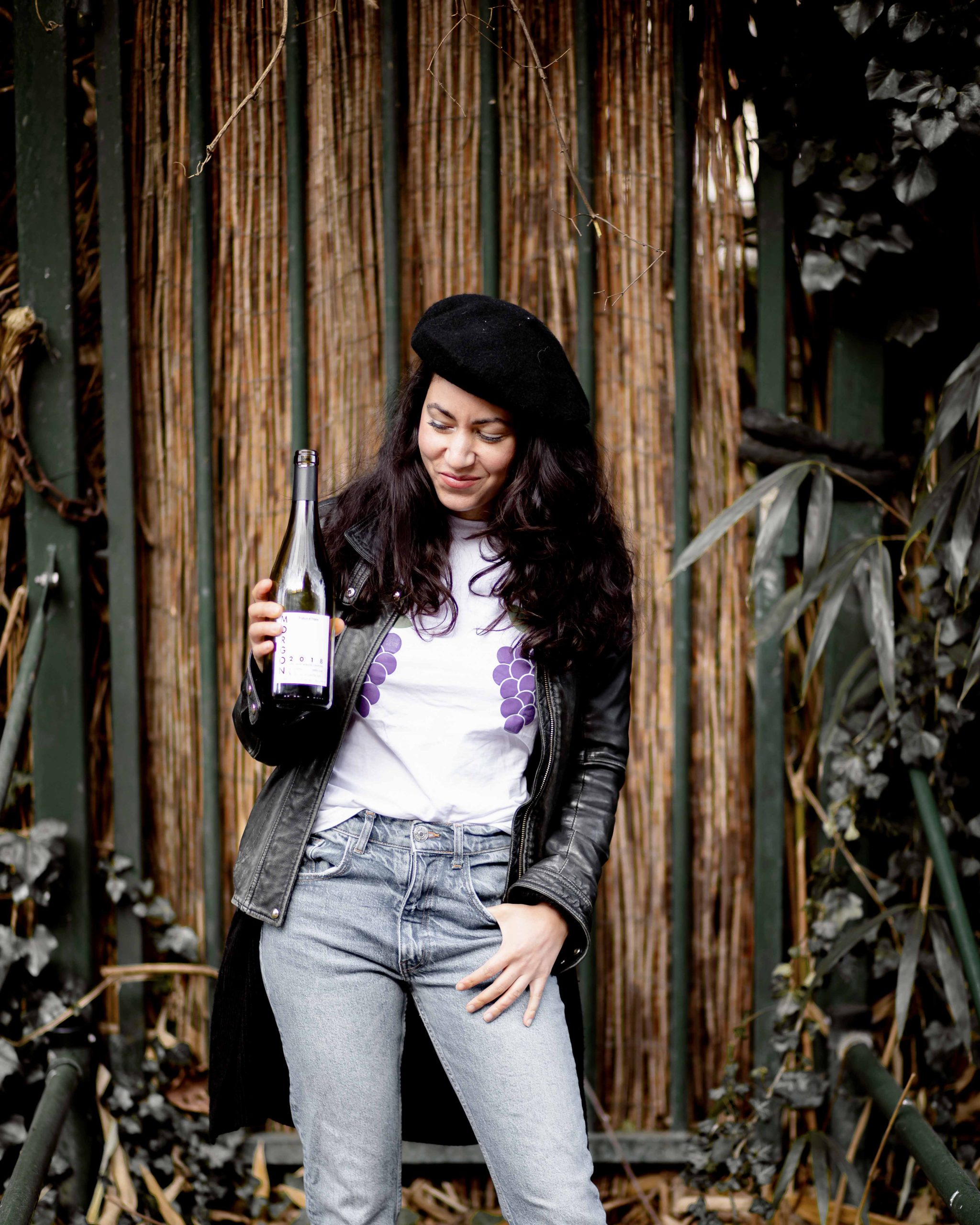Beaujolais was long known mostly for the Beaujolais nouveau, the light and fruity red wine introduced to the public every year on the third Thursday of November. An awesome marketing campaign by négociant Georges Dubeouf, who made a local tradition go viral in the late 1970s. Read a great interview with Dubeouf’s son here.
Macération carbonique
While the reputation of this wine is not always great, the process is very special. In just twenty-five days, the grapes (Gamay a jus noir) are hand-picked and transformed into a juicy and fruity wine. The grapes ferment via the method macération carbonique, a carbonic acid soaking process in which whole bunches of grapes are trapped in an oxygen-free tank and succumb to their own weight. The grapes lying on the bottom are crushed first and as they slowly begin to ferment the carbon dioxide released in the process causes the grapes at the top of the tank (which are still intact) to begin fermenting on the inside. To complete the process, the grapes are pressed and then fermented the usual way. After that, the malolactic transformation takes place. What that is? Read it here.
This method of wine making ensures the extraction of fruity aromas such as banana and kirsch and keeps the tannins in the wine low. So it’s easy to drink!
Beaujolais
The Beaujolais region starts in the southern part of the Burgundy region north of the city of Lyon. The better quality wines come mainly from De Haut-Beaujolais (the northern part), the somewhat simpler wines more from the south – the Bas-Beaujolais. The upper part has a soil with a lot of granite and manganese, for Gamay a very good match. The southern part has a more fertile soil consisting of lime, loam and sand.
The ten Cru’s of Beaujolais
The wines of Beaujolais are produced in different styles. The young, light and fruity primeur wines, known as the Beaujolais nouveau discussed above. The AOC Beaujolais and Beaujolais Supérieur (higher alcohol content), the 39 Beaujolais-village and lastly, the Beaujolais wines from one of the 10 cru areas.

The Cru’s of the Beaujolais are the following ten:
- Brouilly
- Chénas
- Chiroubles
- Côte de Brouilly
- Fleurie
- Juliénas
- Morgon
- Moulin-a-vent
- Régnié
- Saint-Amour
Each cru has a bit of its own style. Fleurie is known for its elegance, Morgon can come across as a bit more sturdy. Moulin-a-vent is powerful and complex, while Saint-Amour is silky smooth. To find out what your favorite Beaujolais is, you should of course taste as many as possible! Santé!

